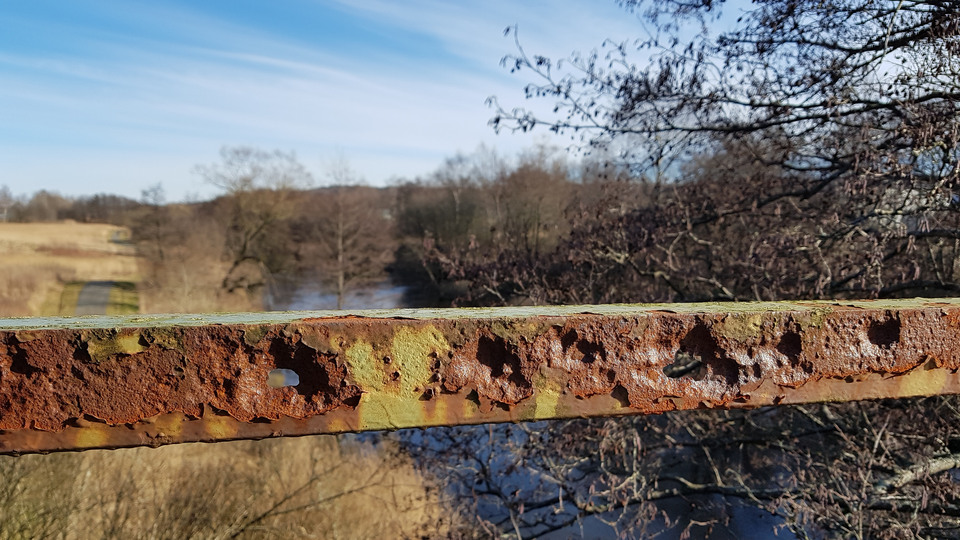
Impacts of air pollution
The goal for monitoring and for modelling is to develop and communicate science-based policy relevant indicators to assess the extent of damage due to air pollution to help define the best policy to combat the emissions.
Critical loads for acidification
Exceedance of critical loads has declined strongly, and the remaining areas of excessive deposition are decreasing in extent and in severity. Acidification is a serious threat to European ecosystems and is caused by the deposition of nitrogen and sulphur. Due to the acid deposition the chemical properties of soils and also the availability of nutrients for plants are altered.
As a result of altered nutrient availability, plants are more sensitive to threats like frost, drought, or pests. Also, species composition may change. To be able to quantitatively assess the risks for ecosystems from acidification the concept of Critical Loads was developed to estimate the amount of deposition that does not lead to effects as mentioned above and is therefore considered acceptable. As soon as the estimated deposition exceeds the Critical Loads, ecosystems are considered to be at risk.
For further information please visit CCE | Umweltbundesamt External link, opens in new window. or check the information in the latest CCE Status Reports | Umweltbundesamt.
External link, opens in new window. or check the information in the latest CCE Status Reports | Umweltbundesamt.
Critical loads for nitrogen as a nutrient
Many natural and semi-natural ecosystems in Europe are exposed to high atmospheric nitrogen deposition and resulting eutrophication. A slight decrease of areas at risk can be observed during the last 20 years. However, nitrogen deposition remains problematic at present and in the future under the current legislative plan.
Surface waters quality
Chemistry of surface waters is one of the best indicators of air pollution impacts. They are easy to sample, typically fast reacting on air pollution increase or decrease and reflect the situation both in lakes and rivers as well as catchments, as the surface water chemistry to an extent reflects the situation in catchment soils. All regions covered by the ICP Waters show an increasing Acid Neutralizing Capacity (ANC) between 1990 and 2016 and thus widespread recovery from acidification in Europe and in North America. pH has increased in 12 of 13 regions, despite partial replacement of mineral acidity by organic acidity manifested as an increase in DOC. Acidic episodes, i.e. the annual extremes, have become less severe in line with the general trend of recovery.
For further information please visit ICP Waters or check the ICP Waters Report. Pdf, 8.9 MB.
Pdf, 8.9 MB.
Forest health
There has been a significant decline in forest health over the past 30 years. Variability and long- term changes in climate, nitrogen deposition, and their interplay with insects and pathogens continue to be the main environmental factors affecting forest condition in Europe and beyond.
Additional indicators of forest health are soil chemical condition (pH, nutrient status, heavy metals), soil water chemistry, biodiversity, and tree foliar contents of nutrients.
Ozone critical levels for vegetation
Much progress has been made in establishing critical levels of ozone for vegetation, above which adverse effects could be expected. Several Convention workshops have been held in which the critical levels of ozone for crops, (semi-)natural vegetation and forest trees were established.
Corrosion and soiling of materials
The ICP Materials work includes the assessment of the damage of air pollution to selected UNESCO heritage sites. Materials used in cultural objects are still subjected to corrosion and soiling from sources within the cities (such as nitric oxide and particulate matter) where most of the cultural heritage is situated.
Health impacts
An air pollution health risk assessment (AP-HRA) estimates the health impact to be expected from measures that affect air quality, in different socioeconomic, environmental, and policy circumstances. As such, it is an important tool for informing public policy decisions. For further information please check Health risk assessment of air pollution – general principles. Copenhagen: WHO Regional Office for Europe External link, opens in new window. or visit TF on Health home page.
External link, opens in new window. or visit TF on Health home page.

